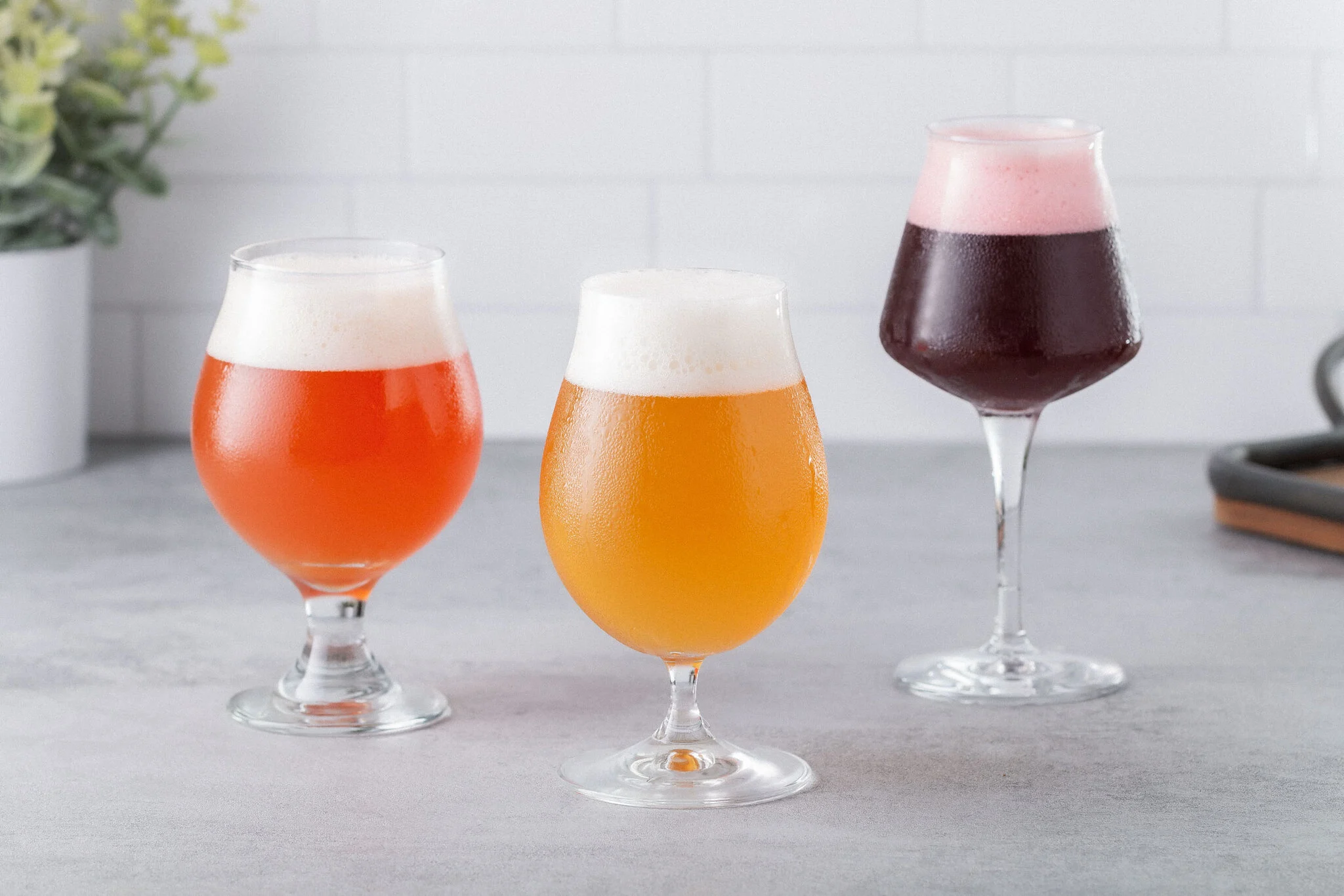Sour beers have gained popularity in recent years, captivating the palates of craft beer enthusiasts and casual drinkers alike. Among the myriad of sour styles, Belgian and German sour beers stand out due to their unique brewing traditions and flavor profiles. While both countries have made significant contributions to the sour beer landscape, they exhibit distinct characteristics that set them apart. This article delves into the key differences between Belgian and German sour beers, examining their brewing methods, flavor profiles, and cultural significance.
Historical Context
To understand the differences between Belgian and German sour beers, it is essential to consider their historical contexts. Belgium has a long-standing tradition of brewing, with records dating back to the Middle Ages. The country’s diverse geography and climate have fostered a variety of brewing styles, including sour beers. Belgian brewers have historically embraced wild fermentation, allowing spontaneous yeast and bacteria to influence their brews. This approach has led to the development of iconic styles such as Lambics, Gueuze, and Flanders Red Ales.
In contrast, Germany has a more regimented brewing tradition, heavily influenced by the Reinheitsgebot, or Beer Purity Law, established in 1516. This law dictated that beer could only be made from barley, hops, and water, limiting the use of adjuncts and wild fermentation techniques. However, German brewers have still managed to create their own sour styles, particularly through controlled fermentation processes. The most notable examples include Berliner Weisse and Gose, which showcase a different approach to sourness compared to their Belgian counterparts.

Brewing Techniques
One of the most significant differences between Belgian and German sour beers lies in their brewing techniques. Belgian sour beers often rely on spontaneous fermentation, where the wort is exposed to wild yeast and bacteria from the environment. This method allows for a complex interplay of flavors, as various microorganisms contribute to the beer’s character. Lambics, for instance, are brewed using a blend of aged and fresh hops, and they undergo a lengthy fermentation process in open-air coolships, where they are exposed to the natural flora of the region.
In contrast, German sour beers typically employ more controlled fermentation methods. For example, Berliner Weisse is brewed with a combination of yeast and Lactobacillus bacteria, which produces a tart flavor without the unpredictability of wild fermentation. This style is often served with flavored syrups, such as raspberry or woodruff, to balance the acidity. Gose, another German sour style, incorporates coriander and salt, resulting in a unique flavor profile that is both tart and savory.
Flavor Profiles

The flavor profiles of Belgian and German sour beers are another area where they diverge significantly. Belgian sour beers are known for their complexity, often featuring a wide range of flavors that can include fruity, earthy, and funky notes. The use of wild yeast strains, such as Brettanomyces, contributes to the characteristic funkiness found in many Belgian sours. For instance, a traditional Lambic may exhibit flavors of overripe fruit, musty barnyard, and a dry finish, creating a multifaceted tasting experience.
German sour beers, on the other hand, tend to be more straightforward in their flavor profiles. Berliner Weisse is light and refreshing, with a clean tartness that is often complemented by the addition of fruit syrups. Gose, while still tart, offers a more savory experience due to the inclusion of coriander and salt. The flavors in German sour beers are typically more subdued compared to their Belgian counterparts, making them approachable for those new to sour styles.
Alcohol Content
Another notable difference between Belgian and German sour beers is their alcohol content. Belgian sour beers often have a higher alcohol by volume (ABV) compared to German styles. For example, many Flanders Red Ales and Oud Bruin beers can range from 6% to 8% ABV, while Lambics can vary widely, with some reaching even higher levels. This higher alcohol content can contribute to the complexity of flavors, as the additional alcohol can enhance the perception of sweetness and body.
In contrast, German sour beers like Berliner Weisse typically have a lower ABV, often around 3% to 4%. This makes them incredibly sessionable and refreshing, ideal for warm weather or casual drinking occasions. Gose also tends to have a moderate ABV, usually ranging from 4% to 5%. The lower alcohol content in German sour beers allows the tartness to shine through without being overshadowed by the heat of alcohol.
Cultural Significance
The cultural significance of sour beers in Belgium and Germany also plays a role in their differences. In Belgium, sour beers are often associated with traditional brewing practices and regional identity. Many Belgian breweries have been family-owned for generations, and their sour beers are a reflection of their heritage. The production of Lambics, for instance, is deeply rooted in the culture of the Brussels region, where local ingredients and methods have been passed down through the years.
In Germany, sour beers are often seen as a refreshing alternative to the country’s more traditional lagers and ales. Berliner Weisse, for example, has a long history as a summer drink in Berlin, often enjoyed in parks and beer gardens. The addition of flavored syrups to Berliner Weisse reflects a playful approach to beer drinking, making it a popular choice for social gatherings. Gose, with its salty and herbal notes, has also seen a resurgence in popularity, particularly in regions where it was historically brewed.
Belgian and German sour beers
In summary, while both Belgian and German sour beers share a common thread of tartness, they diverge significantly in their brewing techniques, flavor profiles, alcohol content, and cultural significance. Belgian sour beers are characterized by their complexity, wild fermentation methods, and higher ABV, while German sour beers offer a more straightforward, approachable experience with controlled fermentation and lower alcohol content. Understanding these differences enhances the appreciation of each style, allowing beer enthusiasts to explore the rich tapestry of sour beers from both countries. Whether you prefer the intricate flavors of a Belgian Lambic or the refreshing tartness of a German Berliner Weisse, there is a sour beer out there for everyone to enjoy.

